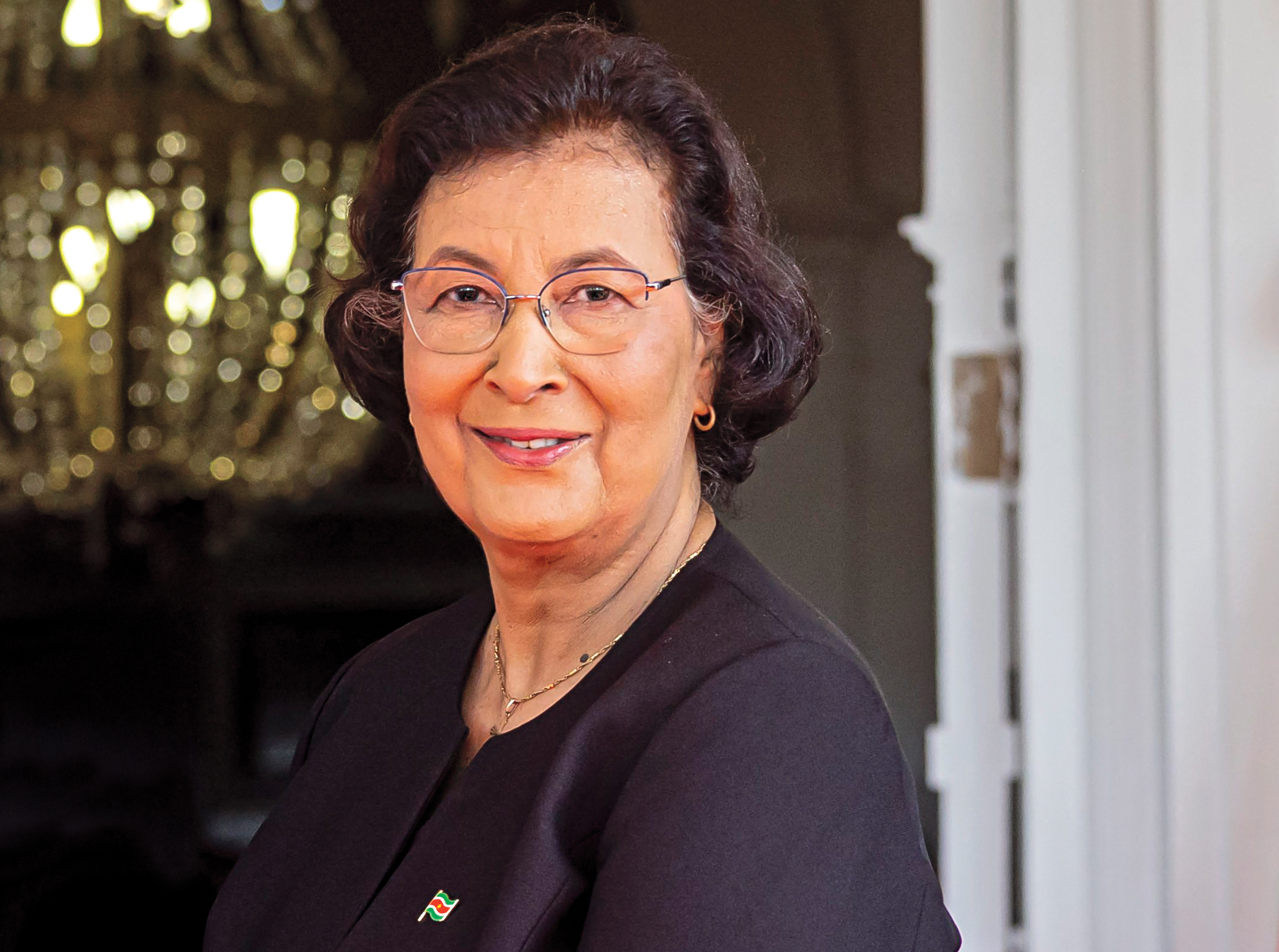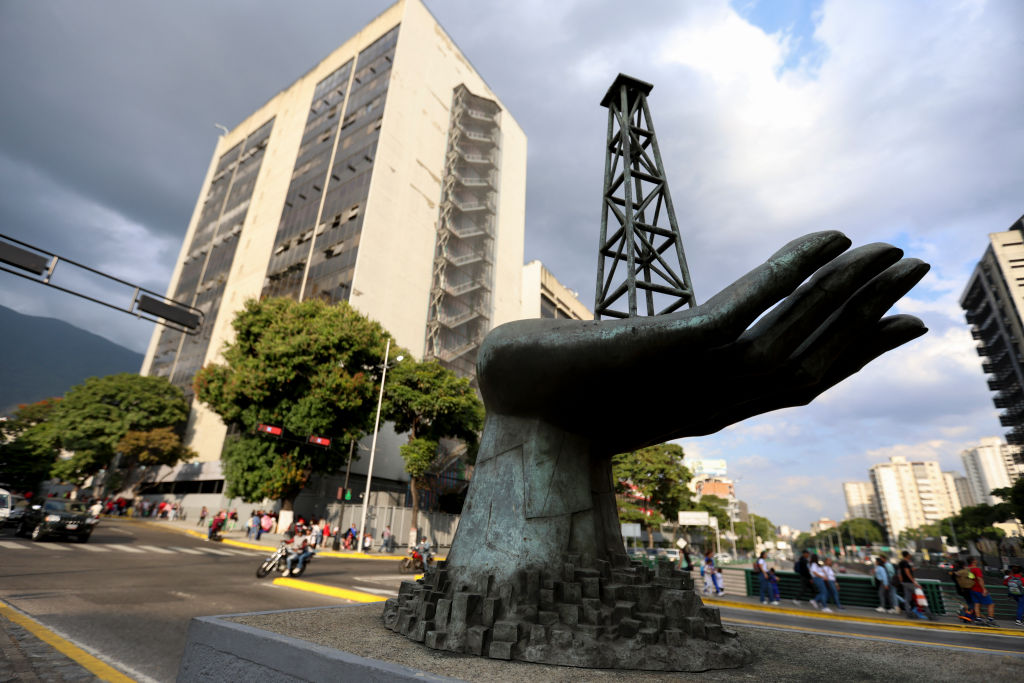The Arctic: The New El Dorado
The Arctic: The New El Dorado
Climate change, oil and geopolitics in the Arctic Circle.
Just 50 years ago, the Arctic was one of the world’s most remote and inhospitable regions, largely populated by indigenous peoples who hunted musk-ox and caribou and supported themselves with fishing, much as their ancestors had done for thousands of years.
But climate change has transformed this timeless landscape of snow and ice into the hub of a geopolitical struggle over sovereignty and resource exploitation. Of the countries bordering the Arctic Circle, Canada may have the most to gain, as well as the most to lose, from that struggle.
The Canadian Arctic, a huge but sparsely populated region of 108,000 people, of whom 60,000 are indigenous Inuit, has increasingly become a test case for whether commercial and military interests can trump the needs of the environment and northern peoples. A steady rise of 5 to 7 degrees Fahrenheit (3 to 4 degrees Celsius) in average temperatures in Canada’s Far North since the 1960s has already limited access to traditional food sources , according to James Ford, a geographer at Montreal’s McGill University. And an additional 2 degrees (1 degree Celsius) of warming is expected by the middle of the century.
That has effectively put Canada’s Inuit at the center of a debate over the future of the Arctic region, as supporters of massive oil and gas development square off against environmental activists with competing visions about how to cope with climate change.
Ground zero of the struggle is the fabled Northwest Passage, where rising temperatures and melting ice may make it possible to realize a centuries-old dream of establishing an all-season trade route linking the Atlantic and Pacific Oceans. Arctic climatologists predict that by 2030, or at least by the end of the century, the ice cap in the Arctic Ocean will disappear altogether in the summer months.
Hydrocarbon Bonanza
One direct result is likely to be further opportunities for exploiting the region’s hydrocarbon riches. With an estimated 22 percent of the world’s undiscovered reserves—about 84 percent of those riches offshore—the Arctic Circle is considered the world’s last frontier for oil and gas exploration. Some 400 oil and gas fields have been discovered onshore in Canada, Russia and Alaska. According to the 2008 U.S. Geological Survey report, there are 90 billion barrels of undiscovered oil in all regions north of the Arctic Circle and 1,670 trillion cubic feet of natural gas.
An ice-free Northwest Passage is likely to add momentum to long-delayed projects exploiting the North’s resources. Even though exploration is at a virtual standstill due to lowered oil prices, a rush to grab the Arctic’s natural resources is inevitable “with the ice diminishing and world demand for oil and gas expected to continue,” says Rob Huebert, associate director of the Center for Military and Strategic studies at the University of Calgary.
But oil and gas exploration is not the only high stakes challenge created by the warming Arctic environment.
Read the full text of this article at www.AmericasQuarterly.org
Huguette Young is a senior editor for Quebecor/Sun Media based in Ottawa, Canada.








